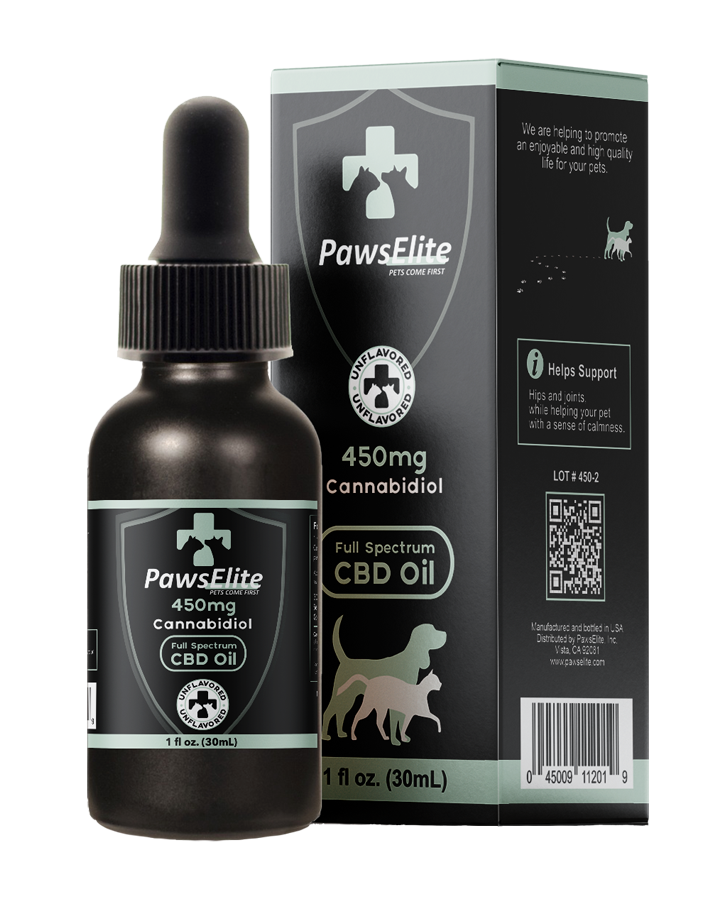
Is Your State in the Danger Zone for Fleas and Ticks?
Share
As a pet owner, you want to keep your furry friends healthy and happy. However, when it comes to fleas and ticks, it can be a never-ending battle to protect them from these pesky parasites. Not only can fleas and ticks make your pets miserable, but they can also transmit serious diseases. So, when are these bloodsuckers the biggest threat to our pets, and at which times during the year do we need to be most vigilant? In this article, we'll dive into the world of fleas and ticks and explore when they pose the greatest risk to your pets, and what you can do to keep your furry friends safe and protected all year round.
The Dangers of Ticks: Protecting Your Pets from Disease
Ticks are tiny, but they can pose a significant threat to both pets and humans. These arachnids are known for transmitting a variety of serious diseases, including Lyme disease, Rocky Mountain spotted fever, and Ehrlichiosis. Ticks can be found in many areas, including wooded and grassy regions, and are most active during warm weather months. Once a tick attaches itself to a host, it can begin transmitting disease-causing pathogens within a matter of hours. In fact, according to the Centers for Disease Control and Prevention (CDC), there were over 30,000 confirmed cases of Lyme disease in the United States in 2019 alone. With such startling statistics, it's crucial to learn how to protect your pets from these tiny but dangerous parasites.
Dealing with the Dreaded Flea: Protecting Your Pets and Home
Fleas are another common parasite that can be a nuisance for pets and their owners. These small insects can jump up to 7 inches vertically, allowing them to easily jump onto your pets and infest your home. Fleas are most prevalent during warm weather months and thrive in humid environments. They can cause severe itching and discomfort for your pets, and in some cases, even lead to skin infections. Fleas can also transmit diseases, including the bacterial disease Bartonellosis, which can cause fever, fatigue, and swollen lymph nodes in humans. In order to protect your pets and home from fleas, it's important to take preventative measures and seek treatment if an infestation occurs.
Seasonal Temperatures and the Onset of Flea & Tick Season
Fleas and ticks are more prevalent during warmer months and reproduce more quickly in warmer temperatures. According to the Companion Animal Parasite Council (CAPC), flea activity is highest when temperatures are between 65-80 degrees Fahrenheit, while tick activity is highest when temperatures are between 70-90 degrees Fahrenheit. Therefore, the warmer months of spring, summer, and early fall are typically when flea and tick activity is at its peak.
During this time, pet owners should be especially vigilant in protecting their pets from fleas and ticks. This includes checking pets regularly for signs of fleas and ticks, such as scratching and biting, and using preventative medications recommended by a veterinarian. It's also important to keep your pets' environment clean and clear of debris, as fleas and ticks can hide in tall grass, piles of leaves, and other outdoor areas.
To help pet owners plan for flea and tick season, the CAPC provides a map that breaks down flea and tick season by state. This information can be helpful in determining when to start preventative measures, as well as when to be most vigilant in checking pets for fleas and ticks. By staying informed and taking proactive measures, pet owners can help keep their furry friends healthy and protected from these pesky parasites.

Here is a breakdown of flea and tick season by state according to the Companion Animal Parasite Council:
January to March
Florida, Hawaii, and southern Texas have a high risk of fleas and ticks during these months, while northern states have a low risk.
April to June
Flea and tick season starts to ramp up in southern and central states, including Texas, Louisiana, Mississippi, Alabama, Georgia, South Carolina, North Carolina, Tennessee, Kentucky, Virginia, and West Virginia.
July to September
Flea and tick season is at its peak in most states, including the entire east coast, the Midwest, and parts of the west coast, including California and Oregon.
October to December
Flea and tick season starts to wind down in northern states, but remains a risk in southern states, including Florida, Texas, and California.







